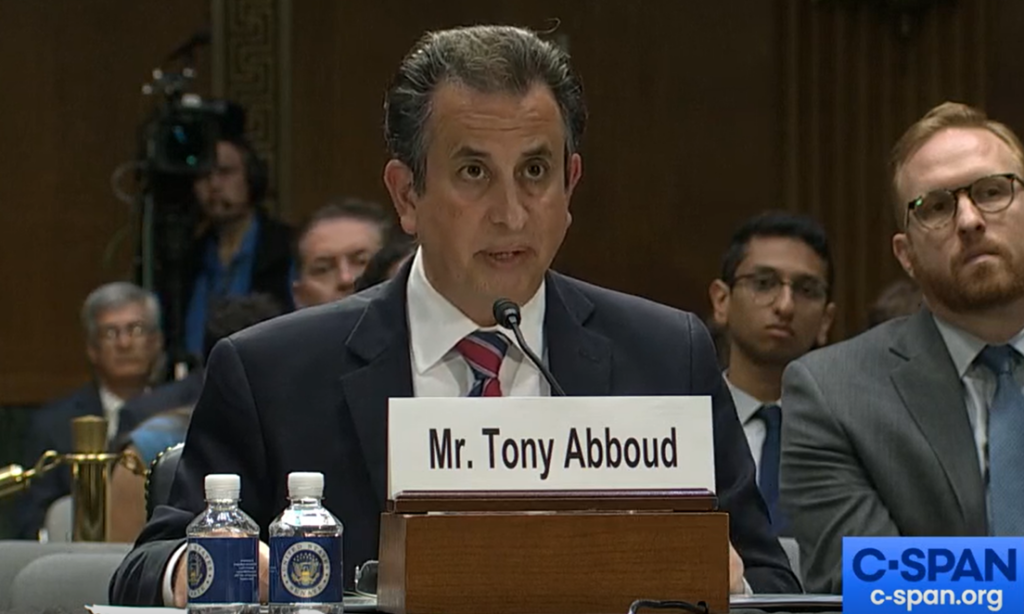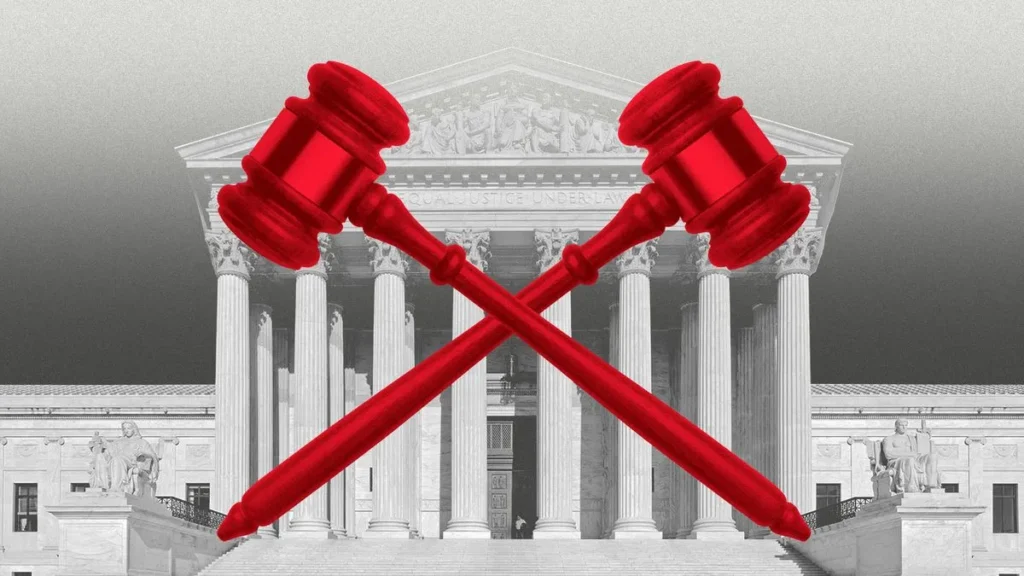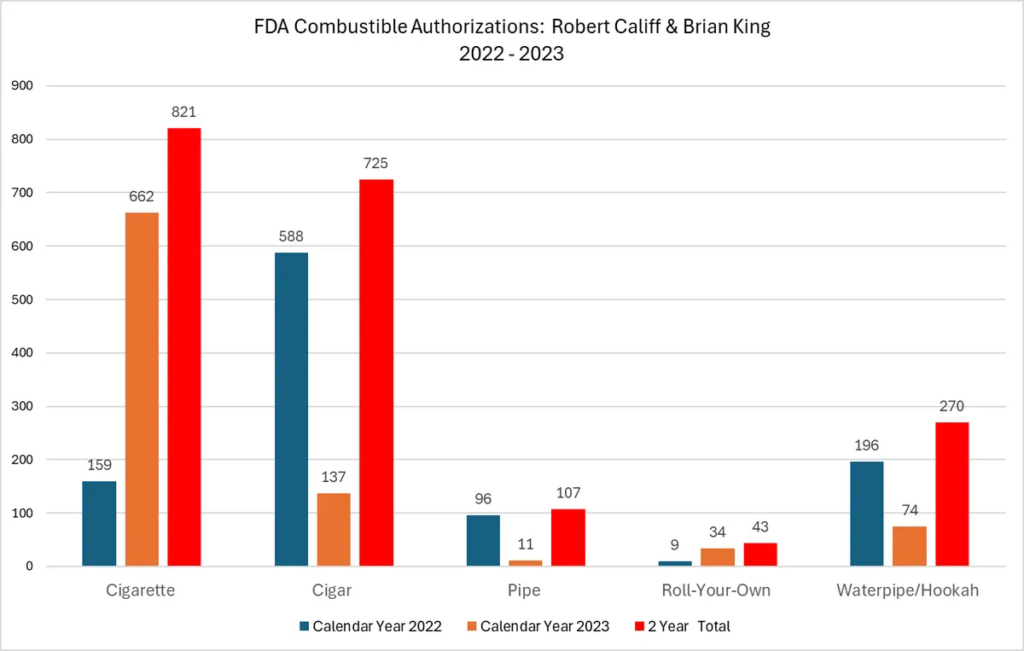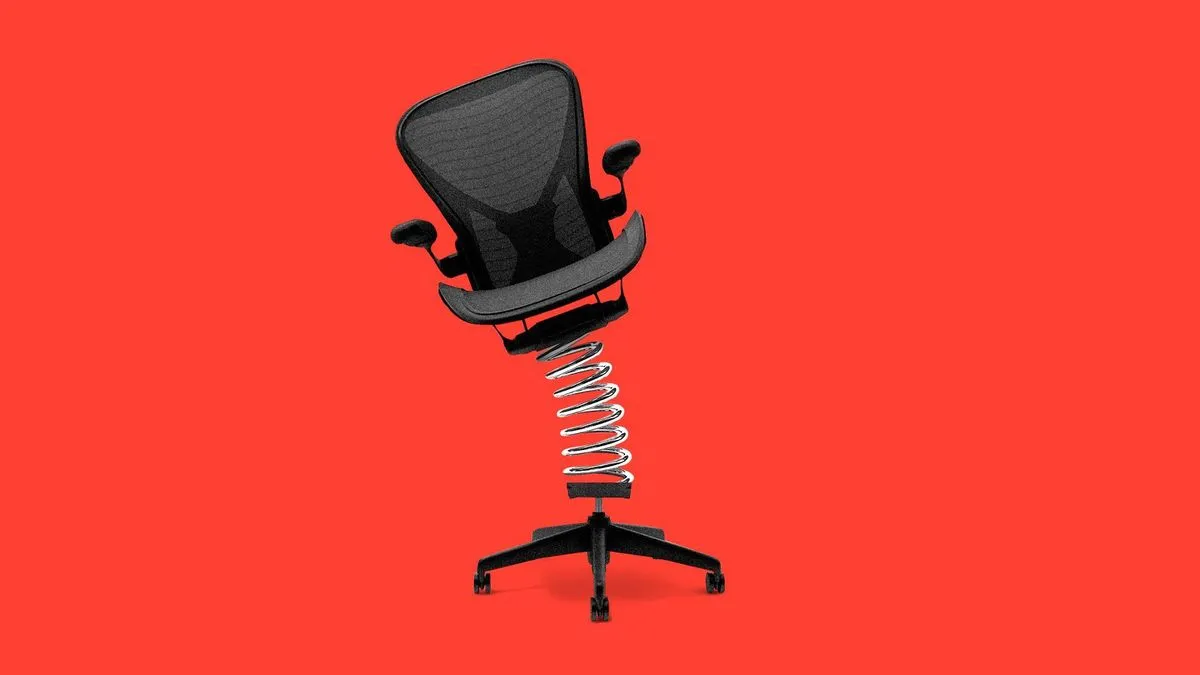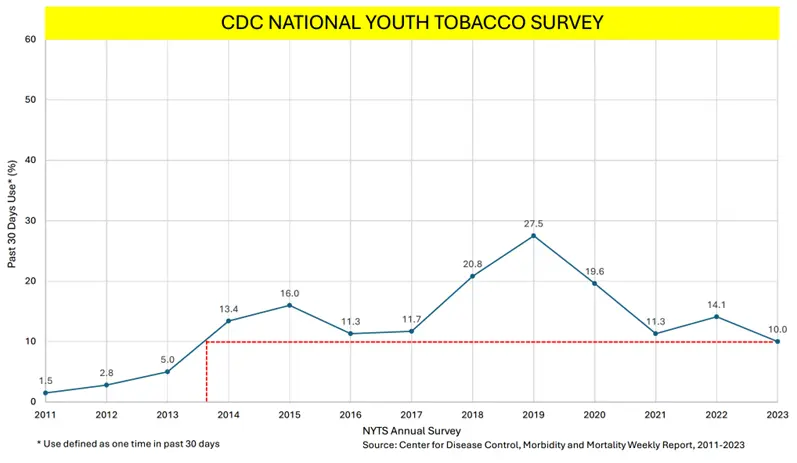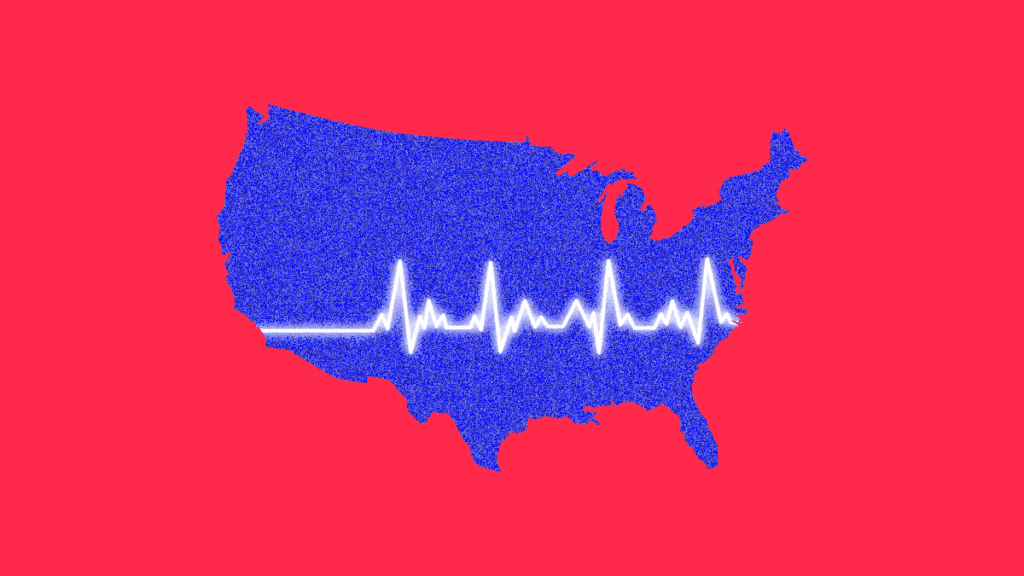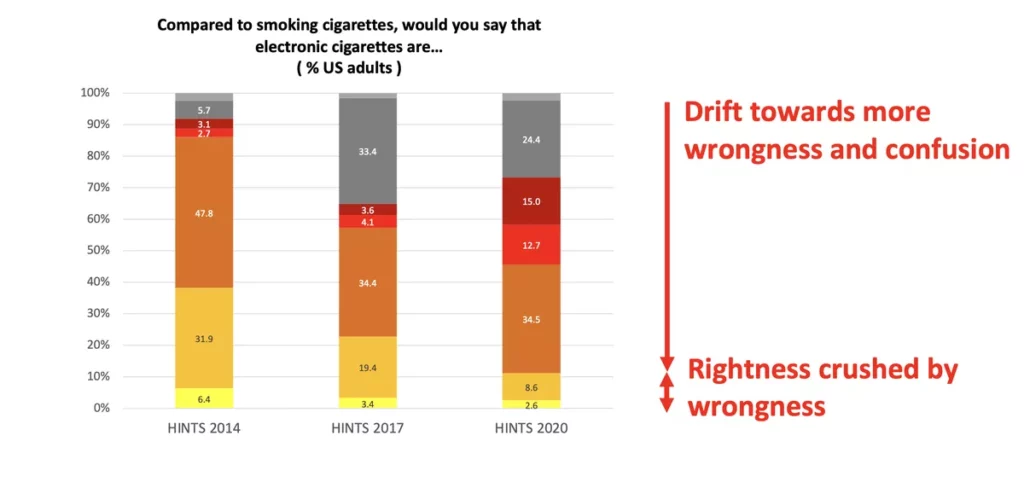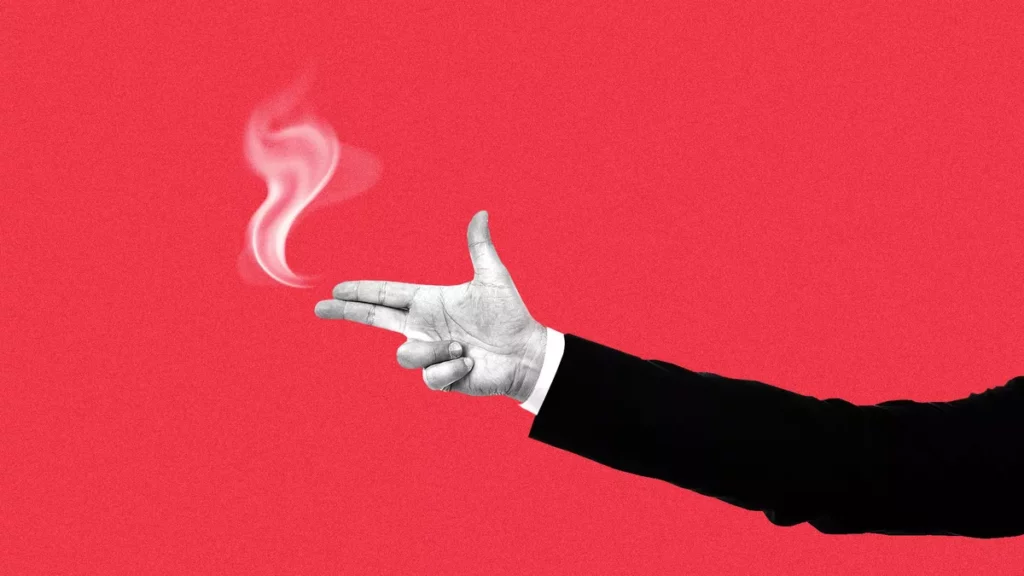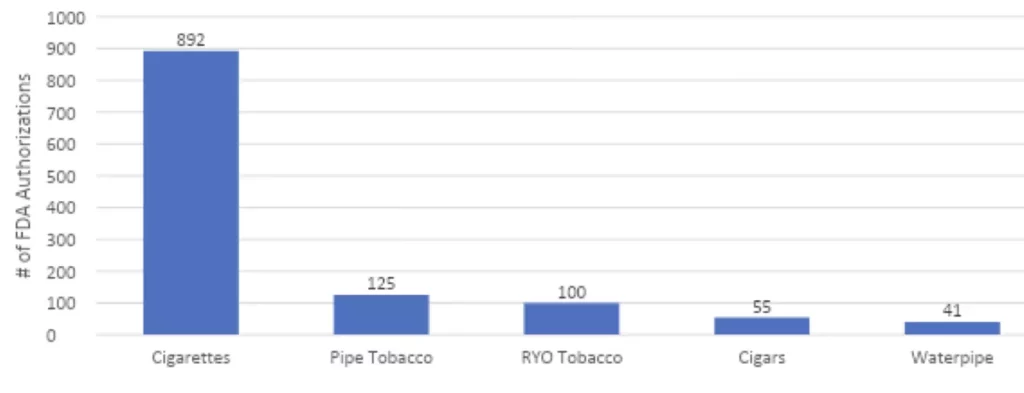With over 16 million Americans suffering from smoking related disease, and nearly 500,000 Americans dying annually, the FDA’s Center for Tobacco Products has chosen to use its enormous regulatory power to deprive Americans of access, if not outright ban, all non-combustible alternatives to cigarettes in the U.S. despite leading tobacco control researchers demonstrating they are the most effective tool available to help people quit smoking.
“It is now time for the medical community to acknowledge this progress and add e-cigarettes to the smoking cessation toolkit… U.S. public health agencies and professional medical societies should reconsider their cautious positions on e-cigarettes for smoking cessation. The evidence has brought e-cigarettes to the tipping point. The burden of tobacco-related disease is too big for potential solutions such as e-cigarettes to be ignored.”
Dr. Nancy Rigotti, Harvard Medical School
Only a few years ago – regulators, scientists and harm reduction advocates arrived at a policy consensus that would balance the relative risks posed by various tobacco products. That consensus was driven by shared goals – to reduce the number of Americans who smoke cigarettes and move them down the “continuum of risk” away from combustible tobacco and toward less risky alternatives especially vaping and other non-combustible nicotine products. The most recent government data that tracks progress in this regard is unfortunately telling us that FDA policies are risking the lives of many Americans – especially older Americans who are most at risk from continuing this deadly habit.
In August of 2021, the 15 past presidents of the staunchly anti-tobacco Society for Research on Nicotine and Tobacco published a groundbreaking essay in the American Journal of Public Health. In it, they encouraged a more balanced consideration of vaping and other alternative nicotine products within public health and in the media and policy circles. While acknowledging that vaping is not free from risks, they demonstrated that it is substantially less harmful than cigarette smoking. Furthermore, they highlighted emerging evidence showing that vaping can increase smoking cessation and is likely more effective than FDA-approved nicotine replacement products like gum and patches.
Two years later, the FDA echoed some of those same observations and recommendations. In an August 2023 commentary published in the online journal Addiction and authored by Brian King, the current head of FDA’s Center for Tobacco Products (CTP), King highlighted that many adults were misinformed about the relative risks of various tobacco products and that misunderstanding was a barrier to moving smokers down the continuum of risk toward safer, non-combustible tobacco products. And yet, the CTP during his tenure has authorized a mere handful of non-combustible nicotine products. Instead, CTP has authorized thousands of new combustible tobacco products. As a result, millions of Americans continue to smoke and die from tobacco related disease.
American Smoking Deaths Under the Califf/King FDA
Since February 17, 2022
830,000,000
For an agency that spends a great deal of time talking about saving lives, by every empirical measure, they are objectively failing:
- During the period that Brian King and FDA Chief Robert Califf have been in charge of tobacco policy for the country, FDA has authorized more than 1,500 new cigarettes and more than 11,000 combustible tobacco products
- According to the 2023 National Youth Tobacco Survey (NYTS), past 30-day cigarette use among 12th graders, INCREASED from 5.7% to 7.5%
- The independent Reagan-Udall Foundation criticized the FDA for putting politics over science and ignoring emerging evidence that confirms that flavor bans and other prohibitions on non-combustible nicotine products actually increase cigarettes sales
- FDA’s own tobacco enforcement statistics confirm that smoking remains a problem and that youth smoking violations are higher than youth vaping
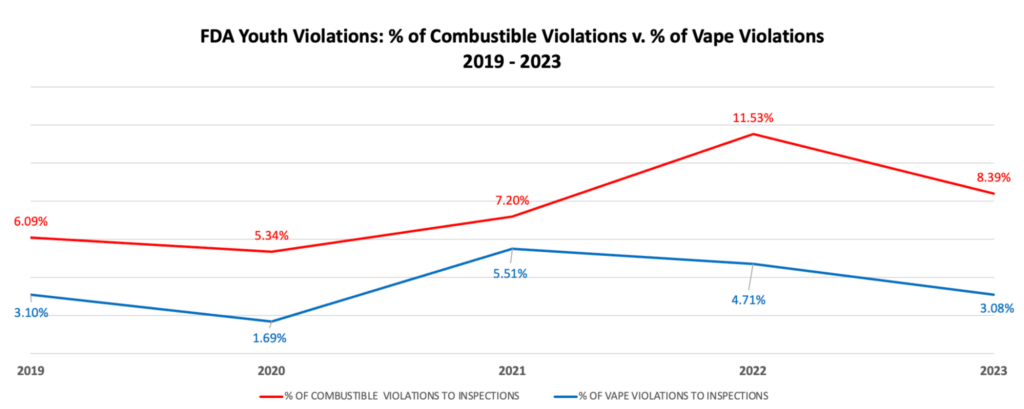
Scientists are now starting to sound the alarm and are warning that we have reached a tipping point where FDA’s broad opposition to flavored non-combustible tobacco products over the last four years will create enormous public health consequences in the future for many Americans.
Dr. Nancy Rigotti, Professor of Medicine at Harvard Medical School and a member of the National Academies of Science Engineering and Medicine, has sounded the alarm after publishing a editorial stating that we have reached “the tipping point” where policymakers can no longer willfully ignore evidence and use their regulatory authority to undermine e-cigarettes.
“It is now time for the medical community to acknowledge this progress and add e-cigarettes to the smoking cessation toolkit… U.S. public health agencies and professional medical societies should reconsider their cautious positions on e-cigarettes for smoking cessation. The evidence has brought e-cigarettes to the tipping point. The burden of tobacco-related disease is too big for potential solutions such as e-cigarettes to be ignored.”
FDA now finds itself in the awkward position of being a health agency that is facilitating the sale of cigarettes thereby undermining its own mission to reduce the incidence of smoking related disease and death. FDA’s policies are keeping more effective (and safer) alternatives to cigarettes away from consumers and are in turn propping up the sales and profits of big tobacco companies. Without a course correction that truthfully portrays the risks and benefits of various nicotine products, millions of Americans will needlessly suffer from illness and death.
